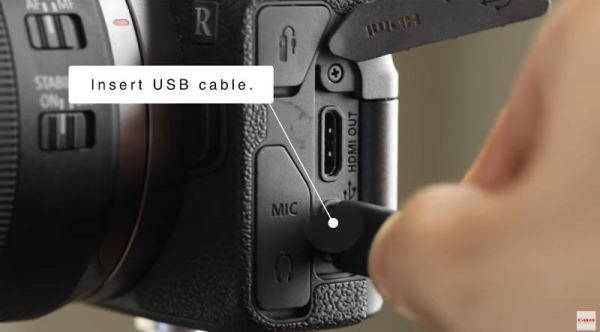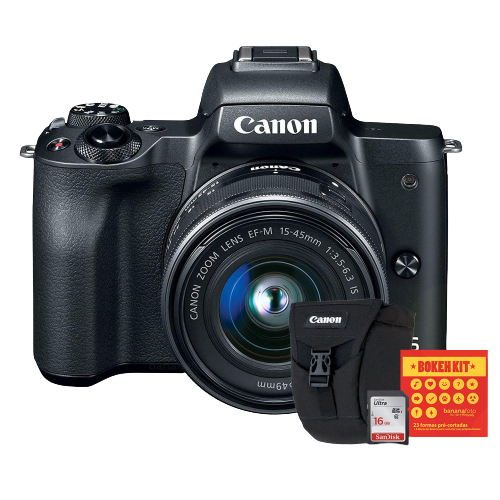
Using JPEG mode lets you to capture more pictures at a time in burst mode, and fit more images onto your memory card.Īdmittedly the image quality won't be quite as good as if you'd shot using RAW, but this is more than compensated for by the increased chances of getting that killer shot. However, when photographing sports and action events, speed is more important than anything else. You might be surprised to read this piece of advice - after all, for most types of photography it's generally accepted than shooting in RAW will give you better quality images, and allow you to do more tweaking in your editing software. If you're running out of space, use half time or time-outs to delete some of your bad shots. Image by Angel.īear in mind that shooting in burst mode will fill your memory card much faster than taking individual shots, so make sure yours has plenty of capacity, or take a spare along. Use burst mode to capture the definitive moment. Use your camera's continuous shooting mode (often called burst mode) to take 4 or 6 shots at a time, giving you a much better chance of capturing a good image. This is frustrating but remember - it's better to have a noisy photo than a blurry one.īy definition, action and sports move quickly, and it can be difficult to keep up.
#Canon t7i bokeh video iso
You should use the lowest ISO setting you can get away with, but there will be situations where you'll have to push it higher than you'd like. If this is the case then the only thing you can do is increase your ISO speed.

This blurs any background distractions and focuses your attention firmly on the players, producing an image with more impact and drama.īecause you're using such a fast shutter speed, your camera might struggle to properly expose the scene even with the aperture fully open. It's better to set your lens around the middle of its range as a good compromise between filling the frame and letting in enough light.Īn added benefit of using a wide aperture is the shallow depth of field it produces. If you're using a zoom lens it's tempting to crop in as close as possible on your subject, but your lens's aperture is narrowest at this end of the zoom range. This is particularly true when shooting indoors, as the lighting can be poor. However, if you're using a cheaper lens with a maximum aperture of f/5.6 or smaller, you'll need to open your lens up as wide as it will go to let in as much light as possible. Use a wide aperture to capture enough light and blur the background.
#Canon t7i bokeh video professional
If you have a very fast lens (such as the f/2.8 and f/4 lenses that professional sports photographers invest in), then you may be able to get away with coming down from the maximum aperture by a stop or so. To help you reach the high shutter speeds required, you'll need to open your aperture up nice and wide. You may need to go as high as 1/1000 of a second for really fast sports like motor racing.

If you spot any blurring, switch to an even faster shutter speed. If that's not possible, periodically check your photos as you go. If possible, take a few test shots before the main event starts so that you can check how sharp they are.

This is a good starting point and should be fast enough for most sports and action. Start by putting your camera into Shutter Priority mode and choosing a shutter speed of 1/500 of a second. If yours isn't set fast enough then you'll be left with blurry, disappointing shots that no amount of Photoshop post-processing will be able to salvage.Ī fast shutter speed is essential to freeze motion. Shutter speed is the single most important thing to get right in action photography.

They work well in all situations and will help you get sharp, detailed photos with plenty of atmosphere and interest. The following camera settings are an excellent place to start. The key to getting good pictures is to set your camera up properly before the event begins, so that when things kick off you can forget about your settings and focus on the action. Action and sports photography is challenging but very exciting.


 0 kommentar(er)
0 kommentar(er)
